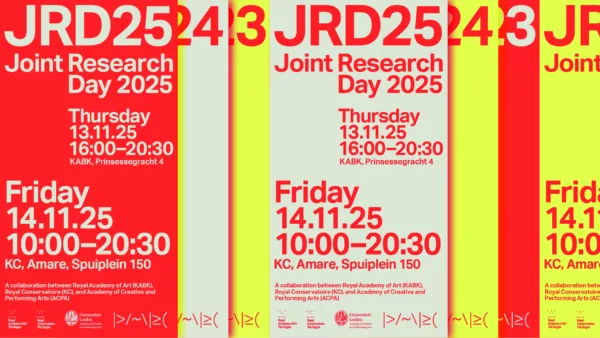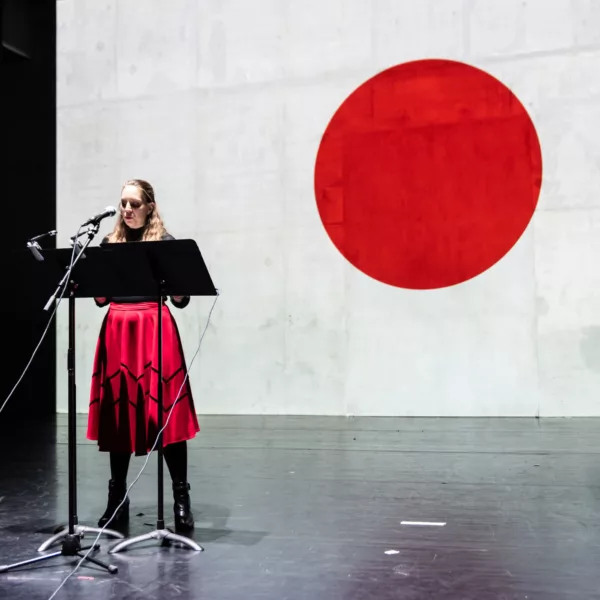Collaboration in and with the Arts
The Royal Academy of Art and the Royal Conservatoire together with the Academy of Creative and Performing Arts (ACPA) at Leiden University are developing a new platform for research in and with the arts, with an emphasis on collaboration.
The platform should enable artists and designers to exchange knowledge and experience and increase the visibility of their research. It aims to stimulate new initiatives and enable collaboration between researchers, within and beyond the boundaries of disciplines.
Interdisciplinary Research Group
One of the Research Platform’s first initiatives was to set up an experimental, one-year, Interdisciplinary Research Group. Together with lectors Paul Craenen (KC) and Alice Twemlow (KABK), this year’s participants Justin Bennett (KC), Lyndsey Housden (KABK), Thalia Hoffman (ACPA) and Jed Wentz (ACPA), explore the points of connection between their research practices.
Meet the participants:
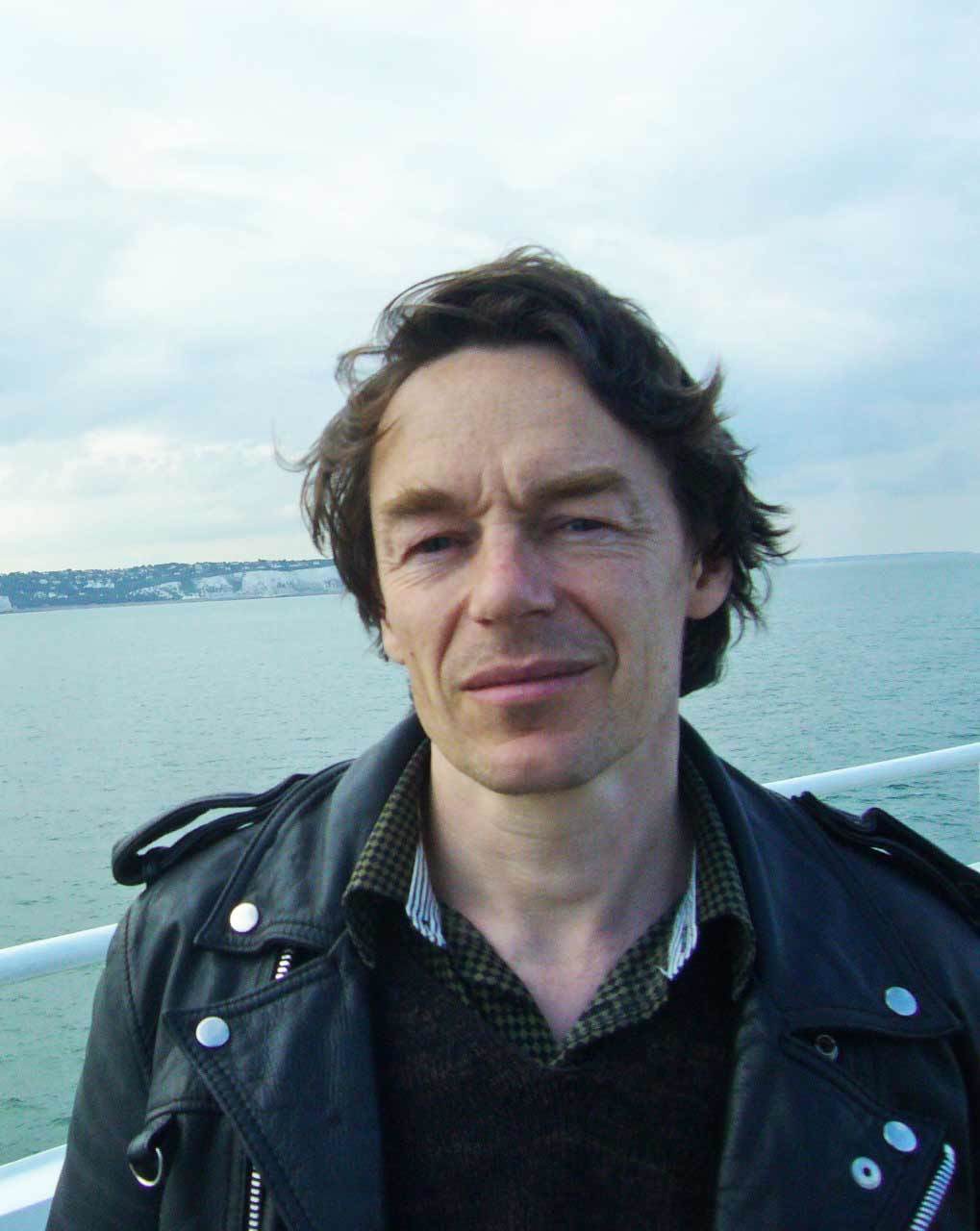
Justin Bennett teaches in the Institute of Sonology of the Royal Conservatoire in the Hague. He is also a member of Jubilee, a platform for artistic research and production in Brussels. His widely ranging work is rooted both in the visual arts and in music. Bennett produces field recordings, drawings, performances, installations, audio walks, videos, and essays.
He studied sculpture, electronic music and video art and much of his work combines sound, image, space and storytelling. Bennett makes work for public spaces as well as art spaces and concert venues.
He collaborates with a wide range of other artists, including with BMB con., HC Gilje, Vermeir & Heiremans, Renate Zentschnig.
Justin Bennett’s research practice
A recurrent theme in Bennett’s research is the public’s experience of architecture, urban development, and (un)built space. He employs sound to render it audible as well as palpable: in his work, careful listening provides a radically different way of seeing and experiencing. Bennett's sound recording is comparable with shooting a video. He uses various microphones to change perspectives – like camera lenses. The microphones – the listener's points-of-hearing – move through a city, a street, a windy Russian tundra, or the different-sounding spaces of a building.
In many of Bennett's works and installations, sound and voice-over are juxtaposed with video images, drawings, maps and diagrams. Thus, a reciprocity is created between various forms of expression: a drawing or a text can be a score; and sound and image become ways of drawing and writing.
In this way, Bennett's work is also a research into sound and image as specific media, and an exploration of the ways in which they can be used and experienced. His way of working sparks unexpected complementarities, synaesthetics, collisions and manipulations of the mind.
Justin Bennett’s research for the IRG
With the working title Representation, Exploration, Creativity and Control of the City, Bennett wants to look from different perspectives at how cities and the public spaces in them develop. How do visual representations or tools, such as maps, drawings, maquettes, or CCTV cameras (re)imagine the city? What strategies could be developed for siting and presenting art and research in public space, such as audio walks, virtual spaces, augmented reality and performances? In formulating answers, he is focusing on talking, walking, and working with architects, art historians, art practitioners and local inhabitants of e.g. the Central Innovation District development in Den Haag.
He is also researching the historical, philosophical, and literary discourse around this theme. For instance, the polemical, utopian discussions between Constant and Asger Jorn on art, creativity, the city and technology, or recent critical thinking around Smart Cities and the privatisation of public space.
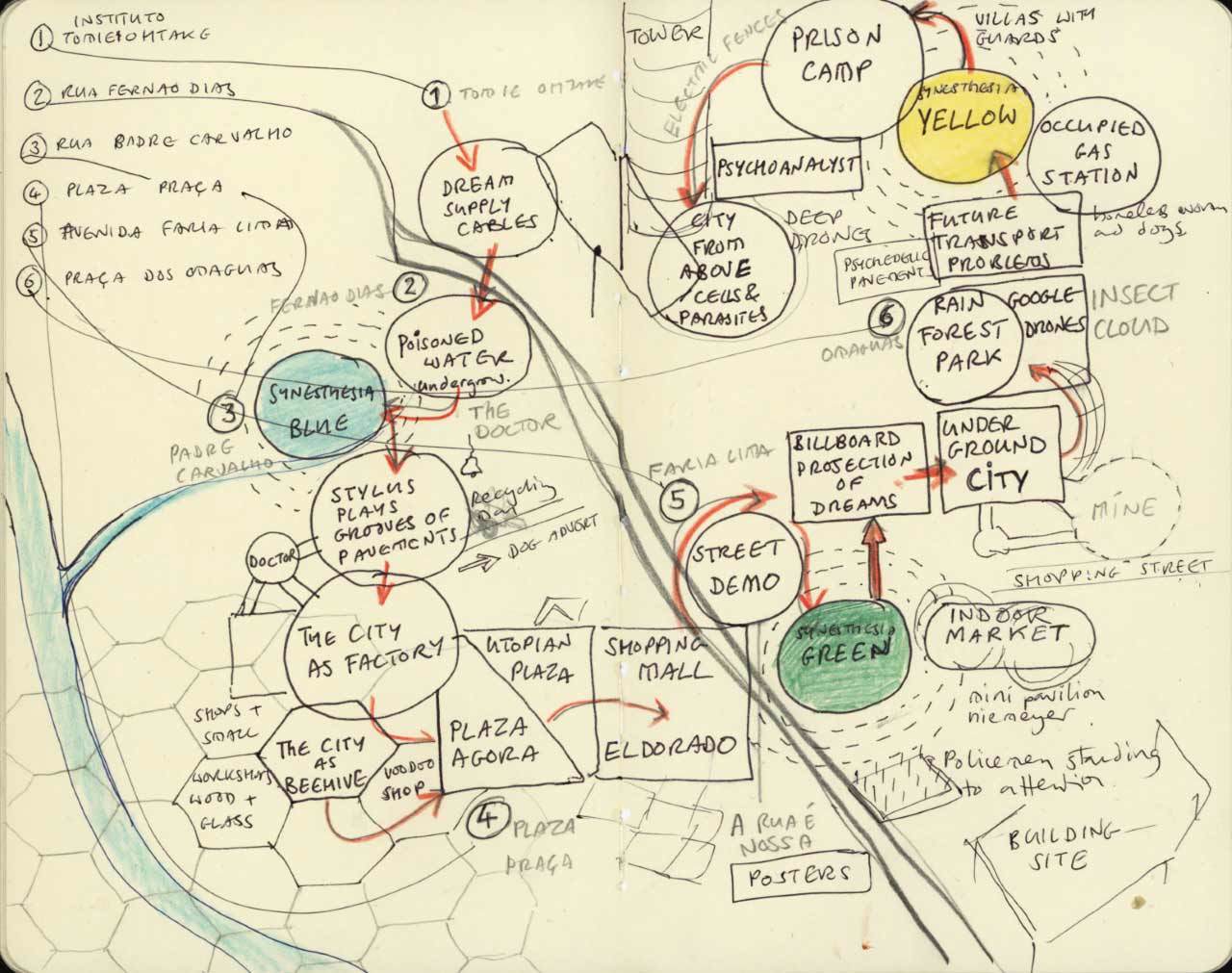
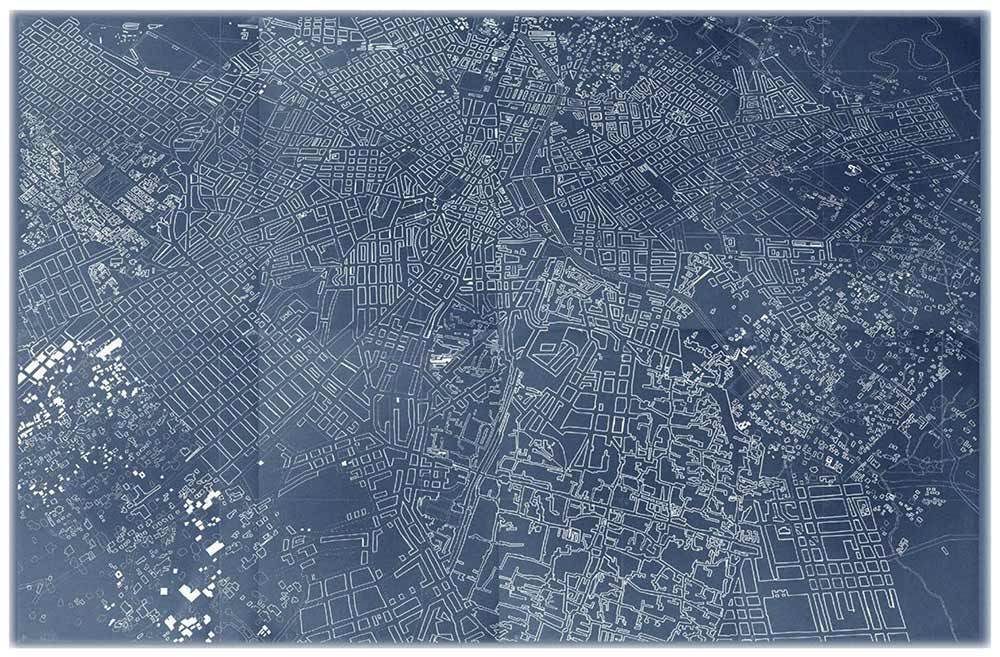
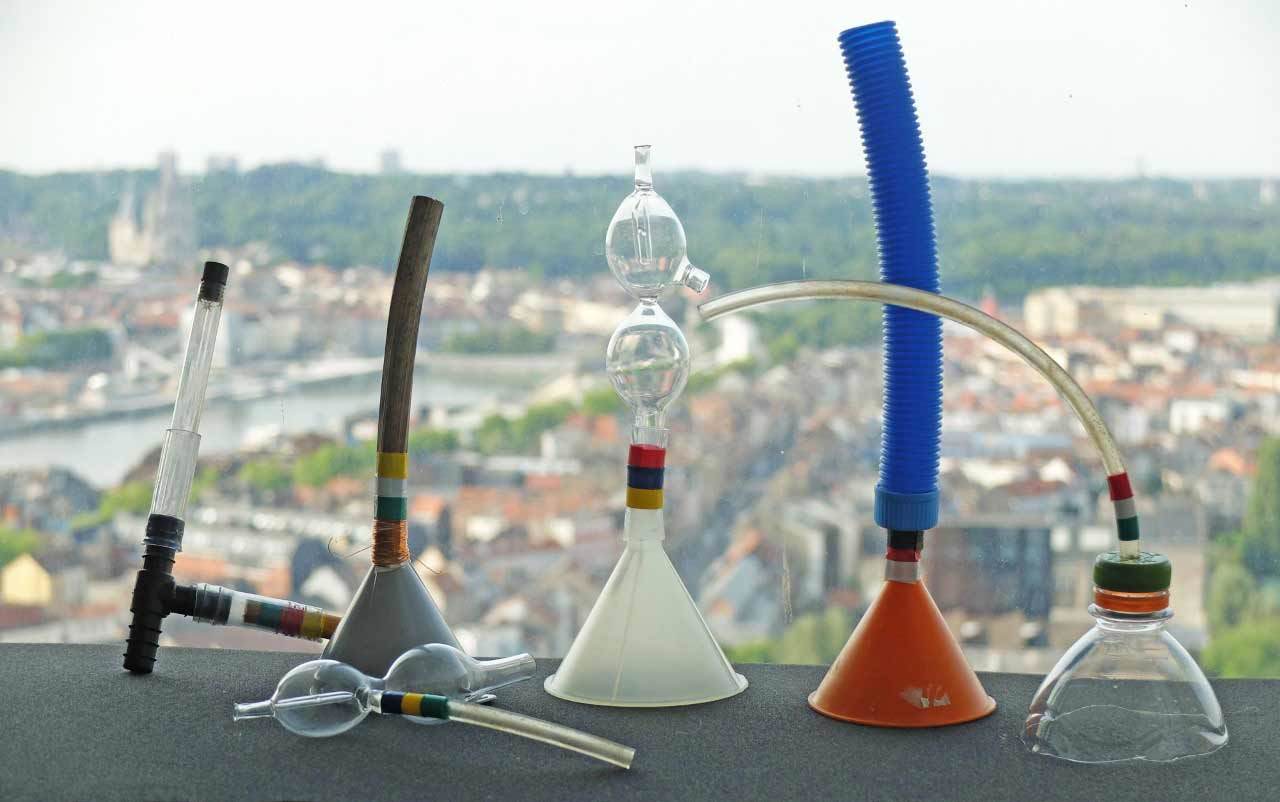
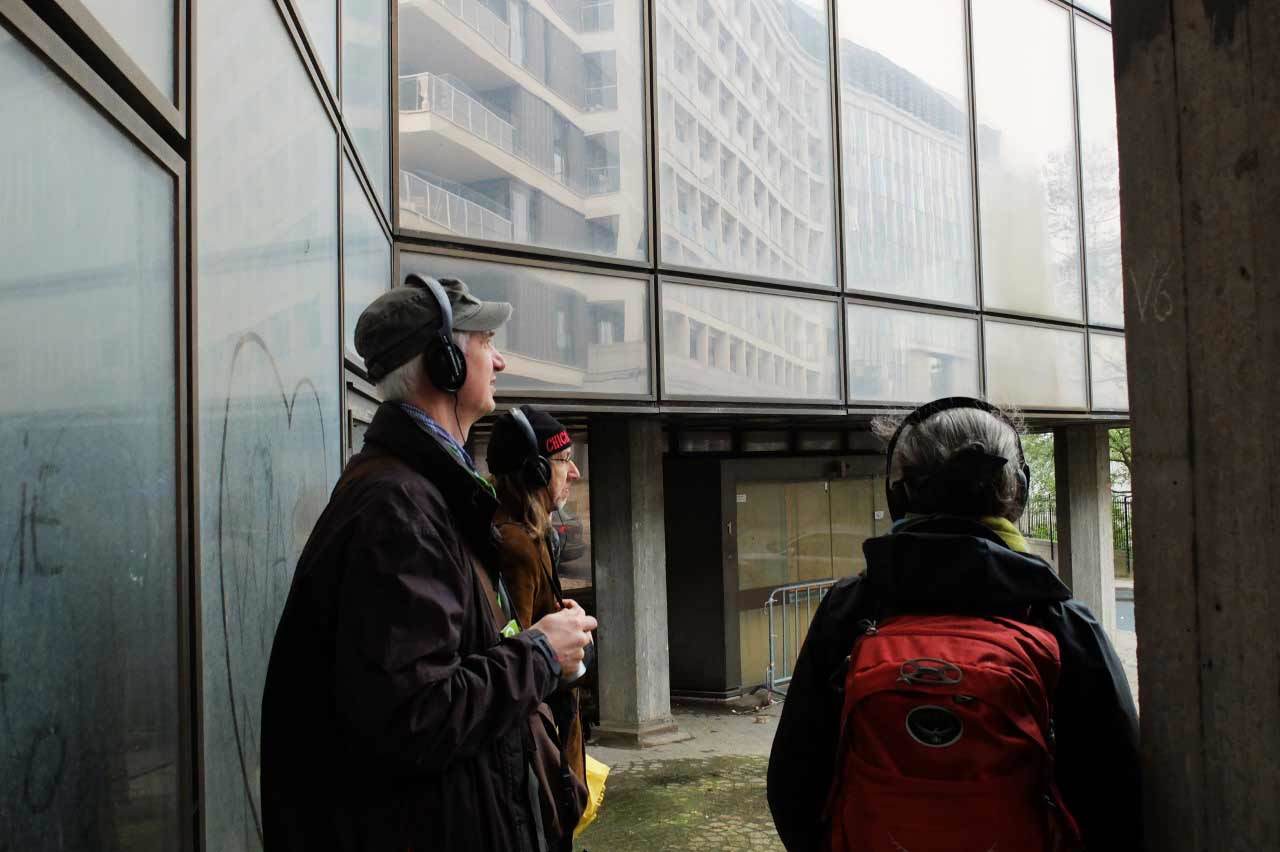
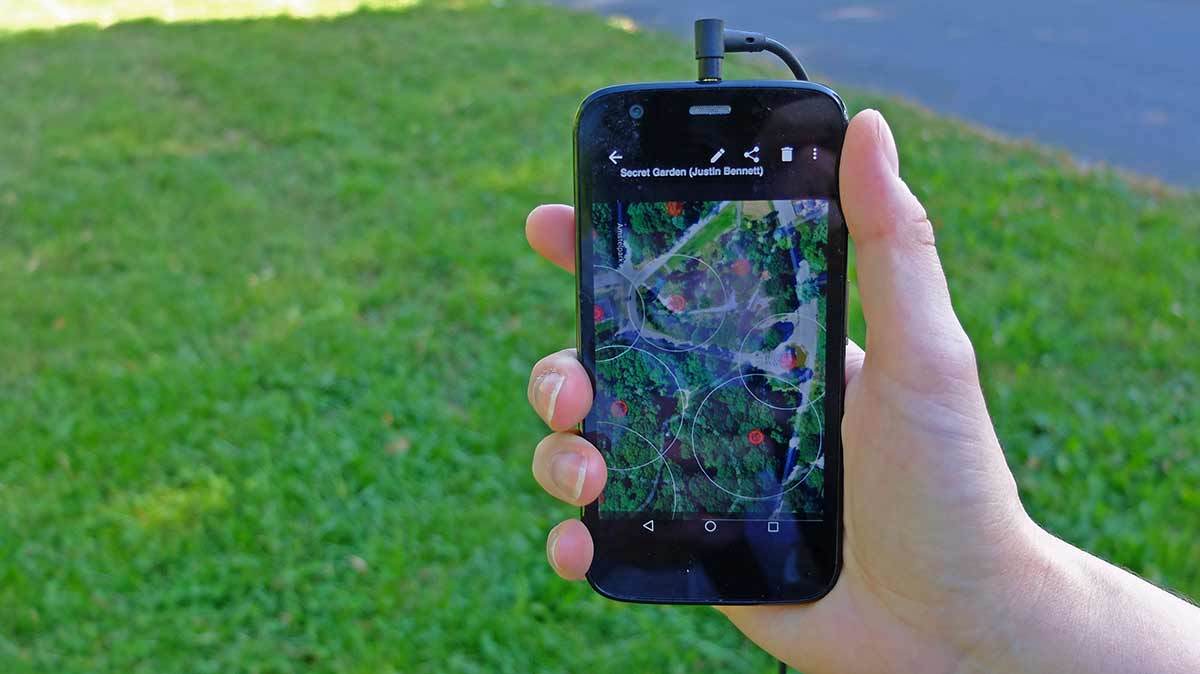
Keywords:
Public Space, Mapping, Audio Walk, Situationist International, Utopia, Smart City, Central Innovation District
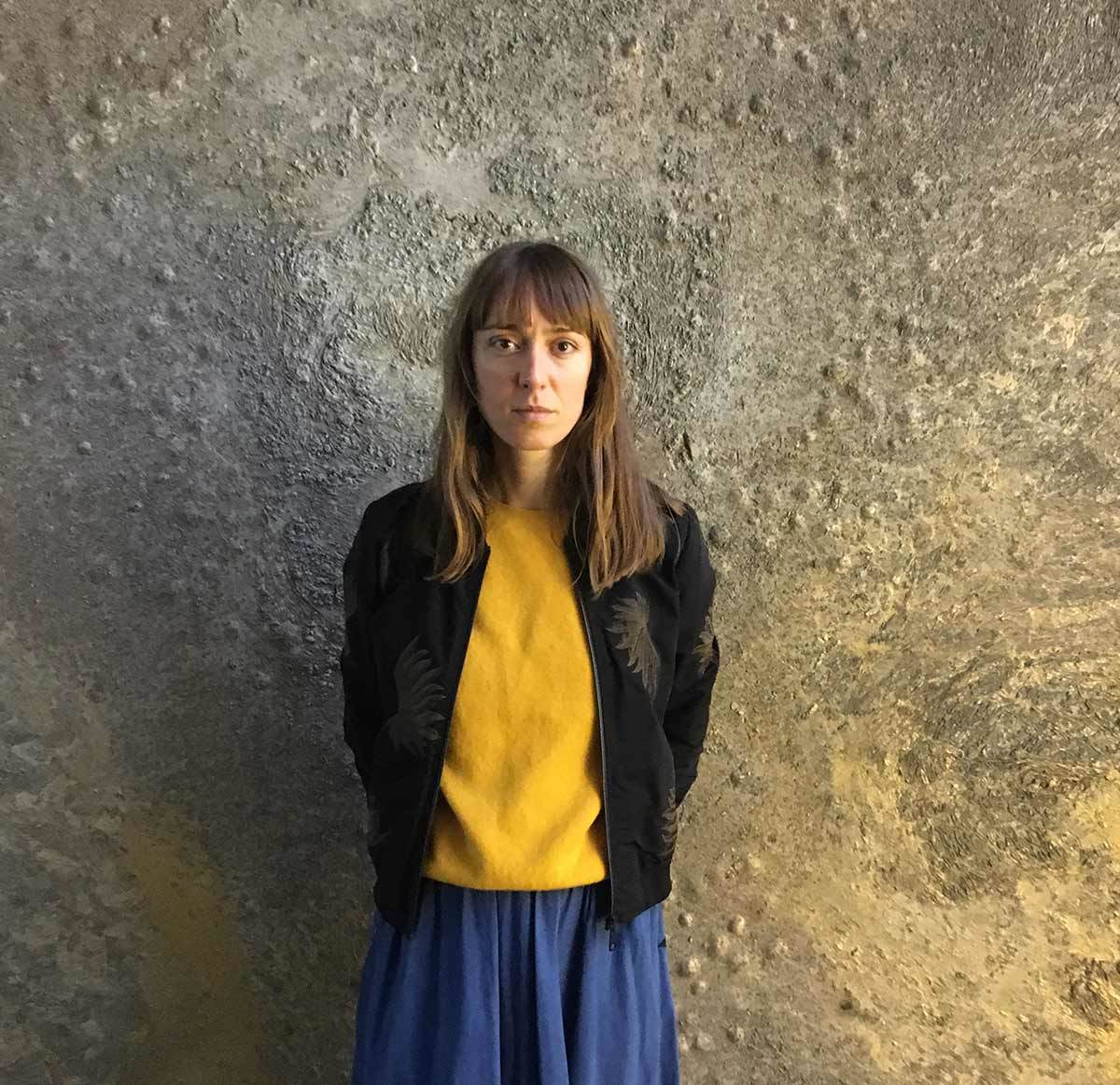
Lyndsey Housden teaches in the Interactive/Media/Design department at the Royal Academy of Art (KABK), The Hague. She is a researcher and artist, working with interactive and haptic installations, spatial design and interdisciplinary projects for exhibitions, theatre, and festivals. Her work is often site-specific and intervenes directly with architecture. She plays with the illusion of architecture, creating rigid forms and layers of flexible materials that can be manipulated by touch.
Housden often collaborates with creative technologists, dancers, and composers. Her work has been exhibited internationally including at Today’s Art Tokyo JP, Marres House for Contemporary Culture NL, STRP Festival NL and the International Light Art Museum in Unna DE.
Alongside her creative practice, Lyndsey is a Hatha yoga teacher and teaches yoga at the KABK.
Lyndsey Housden’s research practice
In her artistic practice Lyndsey Housden creates architectural interventions that explore how the qualities of architecture influence our behaviour. Her artworks are developed through an embodied research practice that involves inhabiting the architectural space as it inhabits the body and the senses, to see what is not directly visible by the eye, to sense its scale, its effect on the psyche and on our relations towards each other. This method has with parallels with a dance practice, in the way that a dancer moves and responds intelligently and consciously without words. The method asks: How does the space move you? Where is your attention? What does the architecture restrict and enable? Where is the control and the containment of the moving body?
The installations that evolve from this process create alternative realities which counteract the way the architecture’s affordances often determine behaviour. The works may suggest a walk in the forest, becoming lost, an infinite waterfall; each amplifying as aspect of the environment that architecture can remove us from. Housden composes visual rhythms and optical illusions that invite physical interaction with both the public as well as the performers. In this process, rhythms within the body are generated through repetitive actions within a space. She uses elastic thread, a material that invites curiosity and play, as it moves and vibrates in response to touch, engaging the haptic and kinaesthetic sense of perception.
Lyndsey Housden’s research for the IRG
Within the framework of the IRG, Housden aims to expand and develop a set of embodied research methods with which to engage with architectural space. The research will explore music composition tools and techniques including, harmony, dissonance, ‘musical rest,’ tension and release, synchronicity, balance, rhythm, and others, as techniques that might be applied to spatial design.
The research will look at the work of Iannis Xenakis and other composers and architects whose practice identifies with elements from music and architecture. In the initial phase, she will study architectural drawings and musical scores as 2D techniques that could act as a translation between the creative processes of the two disciplines. The longer-term aspiration of this research is to apply the findings towards a design proposal for a space for introspection and contemplation.
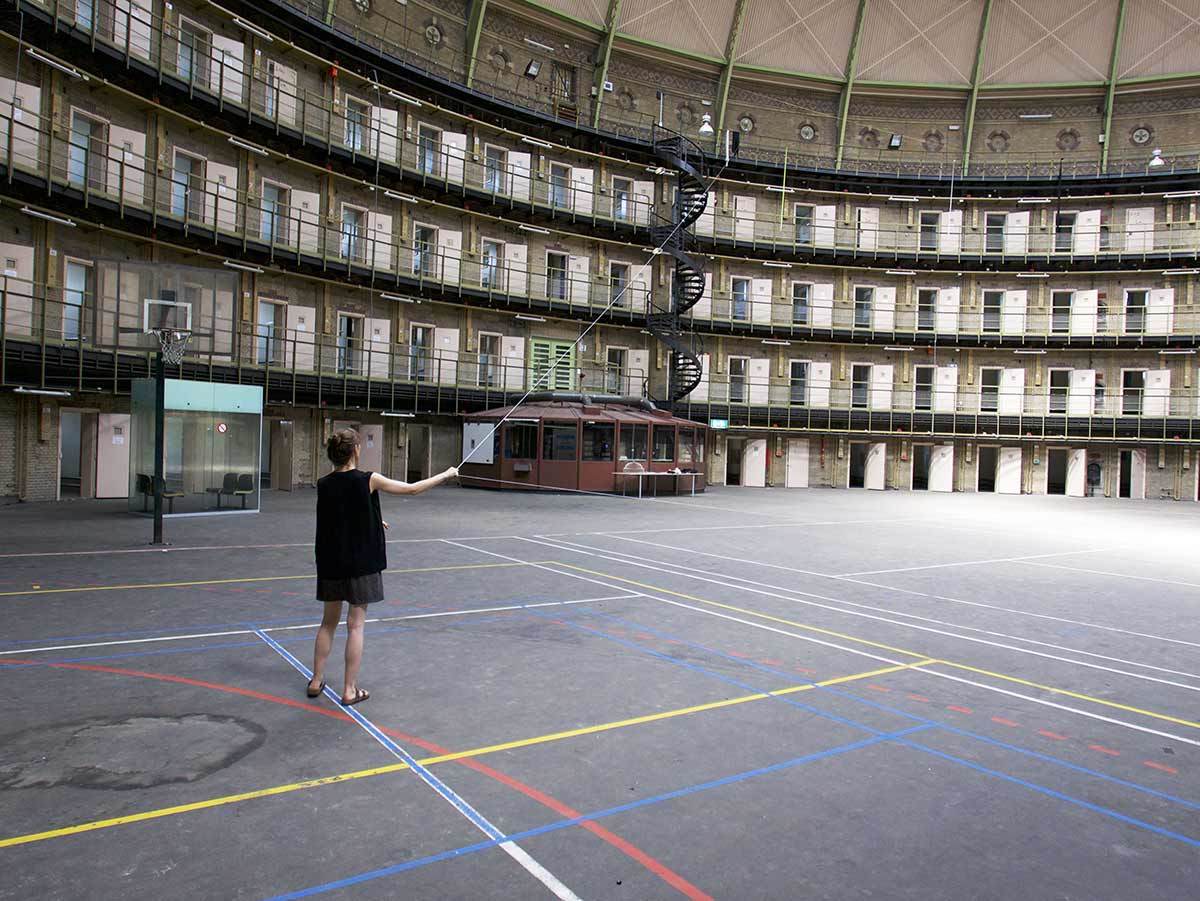
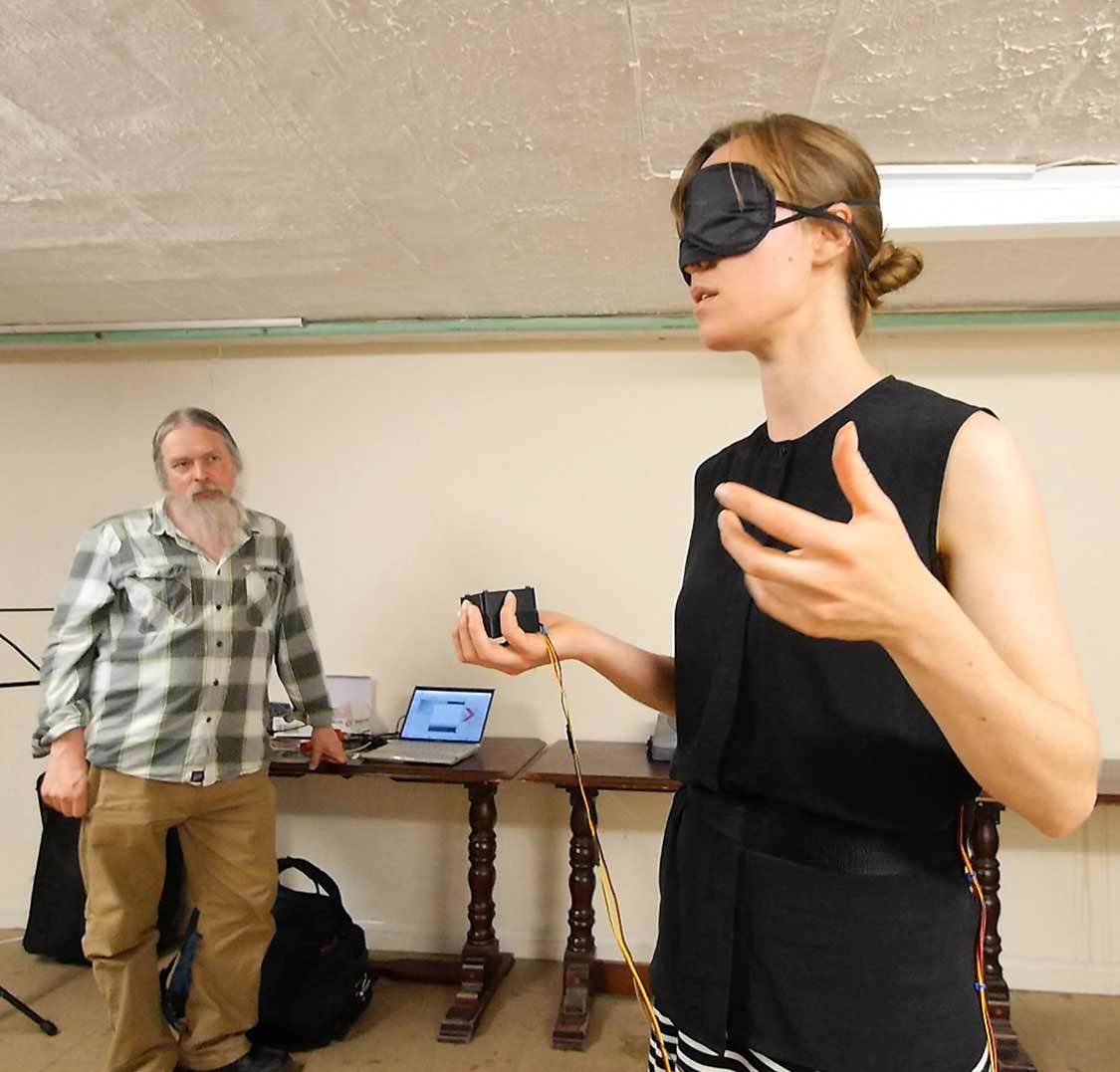
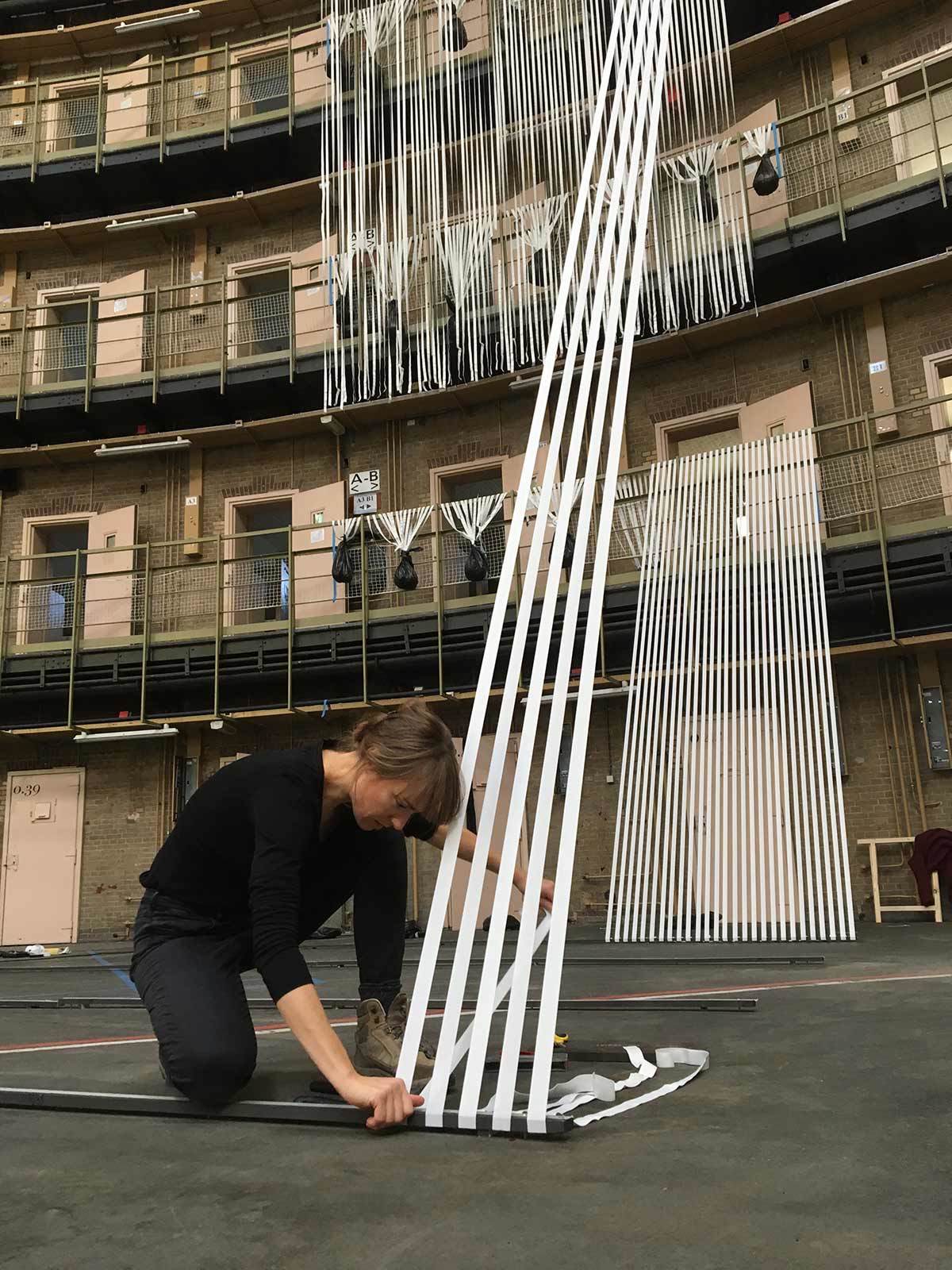
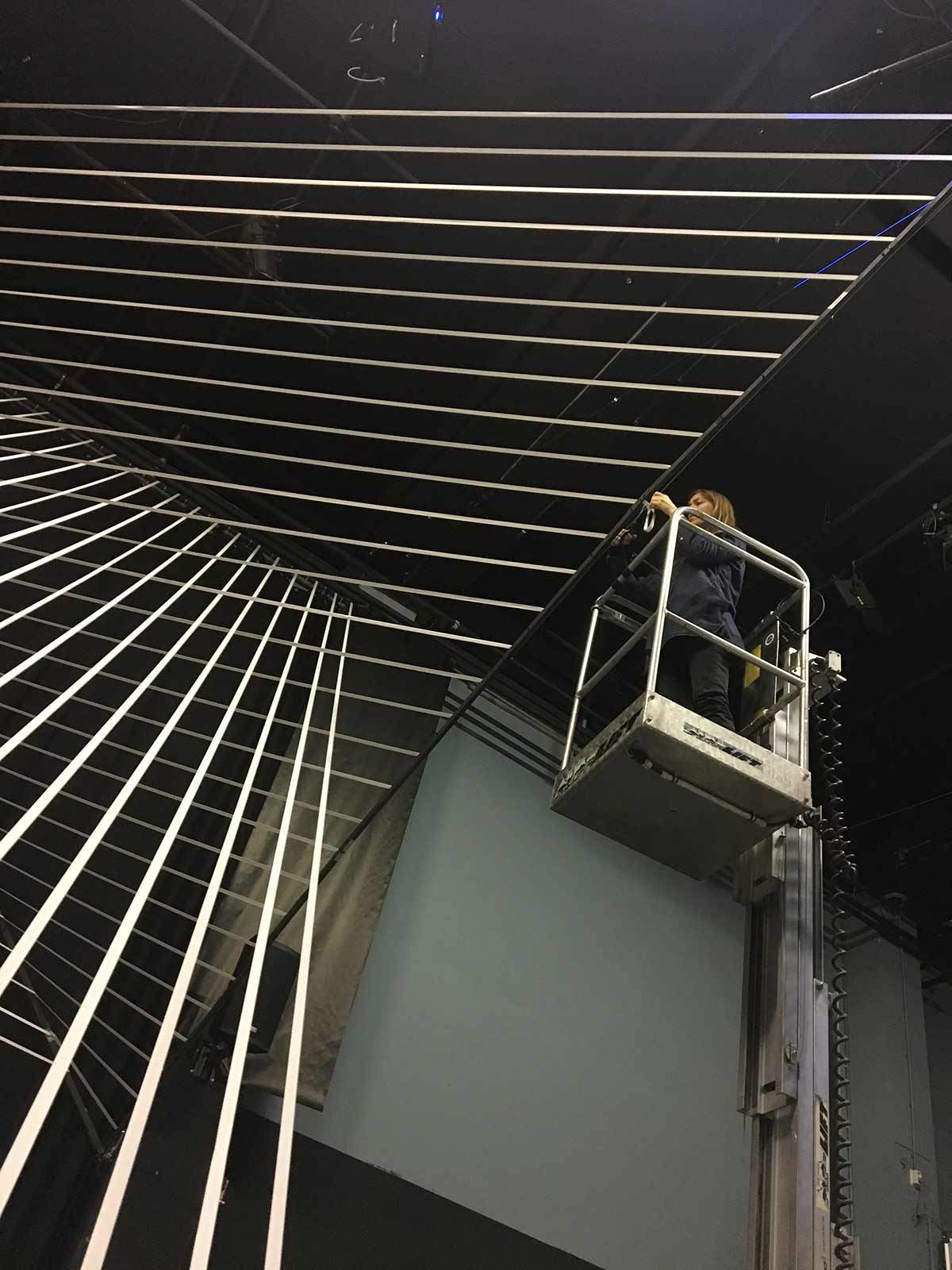
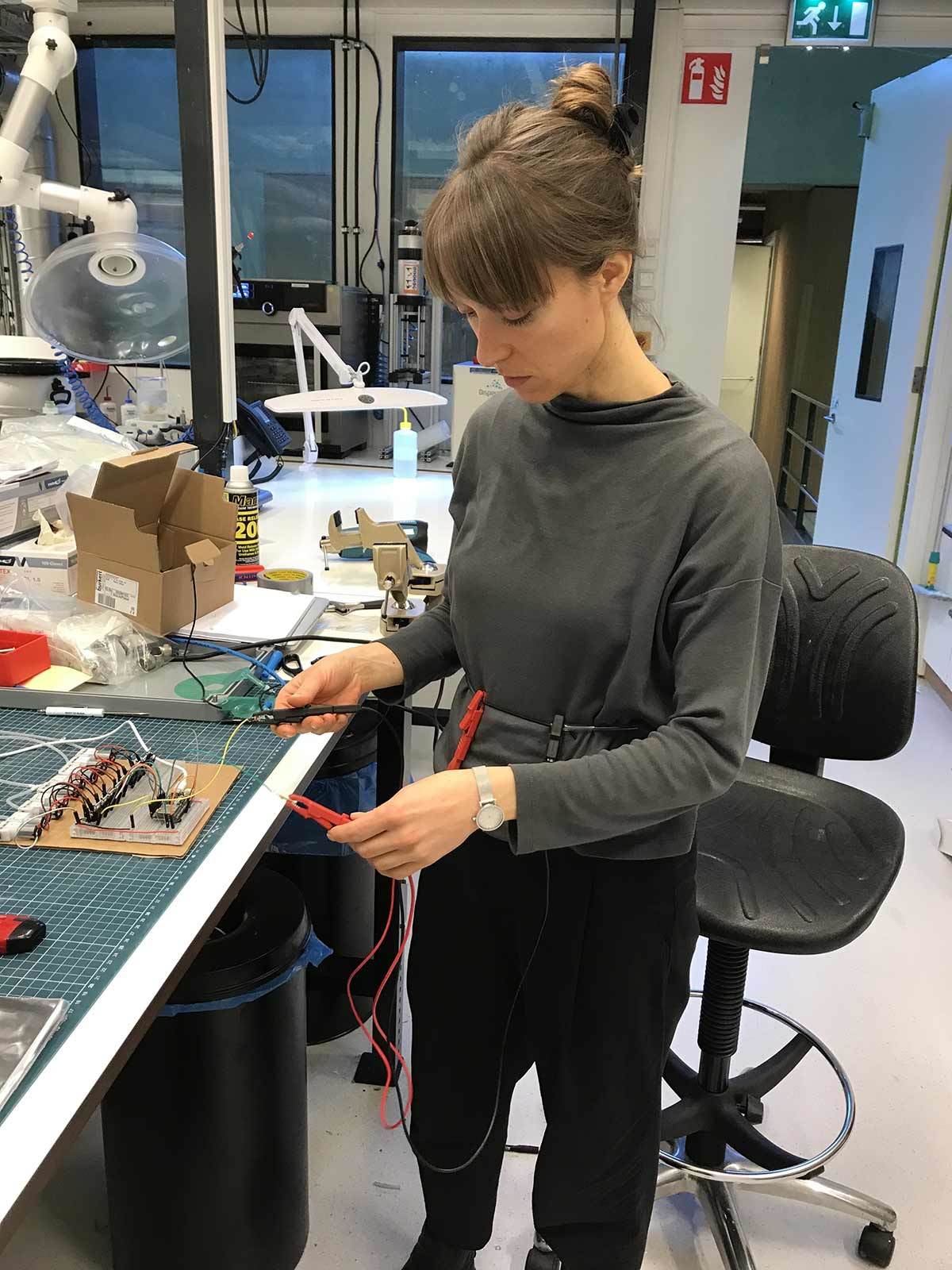
Keywords:
Acoustics, Introspection, Composition, Architecture, Stillness, Drawing, Notation, Scores, Kinaesthetic, Haptic, Embodiment, Rhythm.
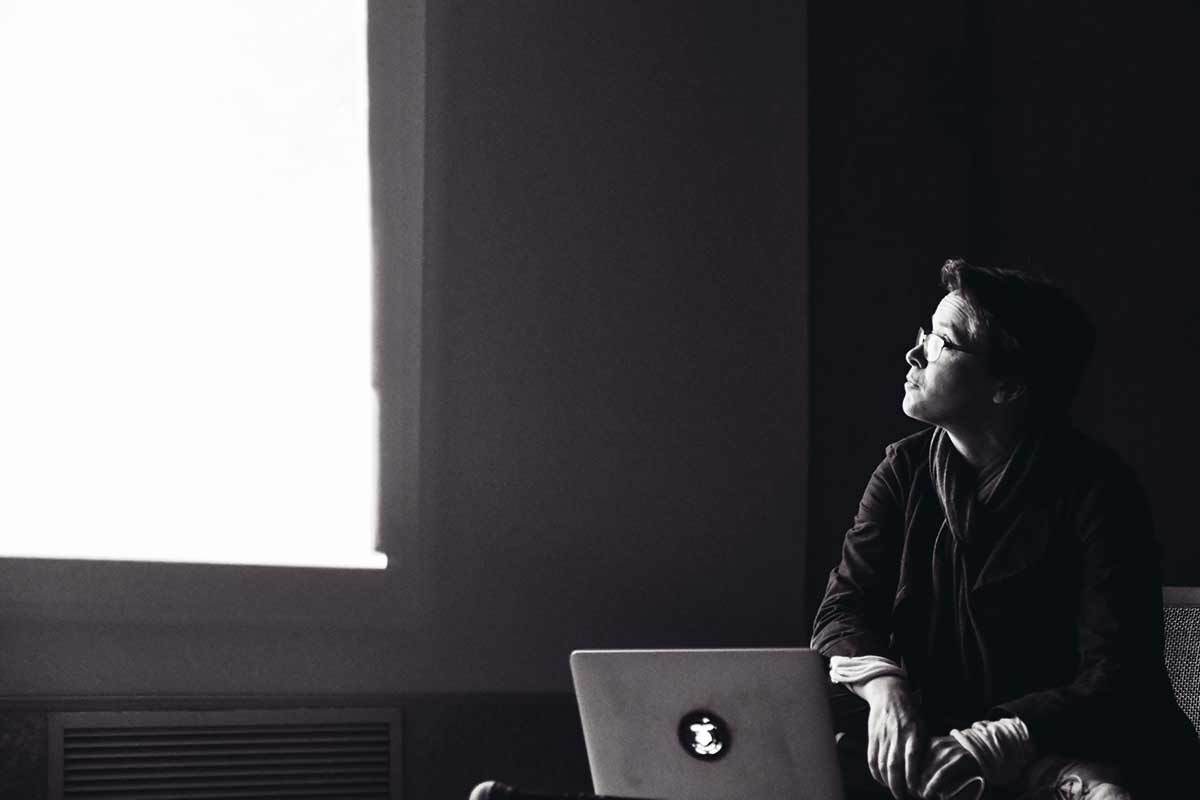
Thalia Hoffman is a visual artist and researcher working in film, video, performance, and public interventions in the area she lives in, east of the Mediterranean. In 2020 she graduated from the Leiden University PhDArts programme, with the thesis Guava, a conceptual platform for art-actions. The aim of the Guava Platform is to research and create techniques that are part of Hoffman’s quest to continue to live in the conflicted landscape, as an artist. All her work strives to be involved in its surroundings and engage people to look, listen and feel their socio-political landscape with attention.
Hoffman’s films, video works and performances have been shown in exhibitions and festivals in Israel and around the world. Among them the Tel Aviv Museum of Art, The Haifa Museum of Art, Mamuta Art Centre in Jerusalem, Beit HaGefen Gallery in Haifa, The Jerusalem film festival, Experiments in Cinema Festival in New Mexico, Aesthetica Film Festival in the UK, and The Video-Art festival in Cairo.
Alongside her artistic actions, Hoffman is a lecturer in the BA and MFA art programmes of the University of Haifa in the fields of video, performance and artistic research.
Thalia Hoffman’s research practice
In 2018 Hoffman, together with the Beit HaGefen Gallery in Haifa, and in earlier collaboration with the Mamuta Art and Research centre in Jerusalem, initiated a research group of artists with the name Here/Then and Now ( كان ועכשיו ).
This group gathers once a week and participants think and discuss how they can evolve their artistic practice, art tactics and skills in relation to their local surroundings and living conditions. It explores various models of artistic intervention, and focuses in particular on conversations, which can last up to six hours each time. Conversing and being dedicated to these conversing meetings is the only official expectation from the participants.
Thalia Hoffman’s research for the IRG
As part of the IRG, Hoffman intends to further research, contextualize, and problematize the propositions and methods used in her conversing practice. She is also interested to see how conversation might be engaged with as a specific research method in interdisciplinary and transdisciplinary groups such as IRG itself.
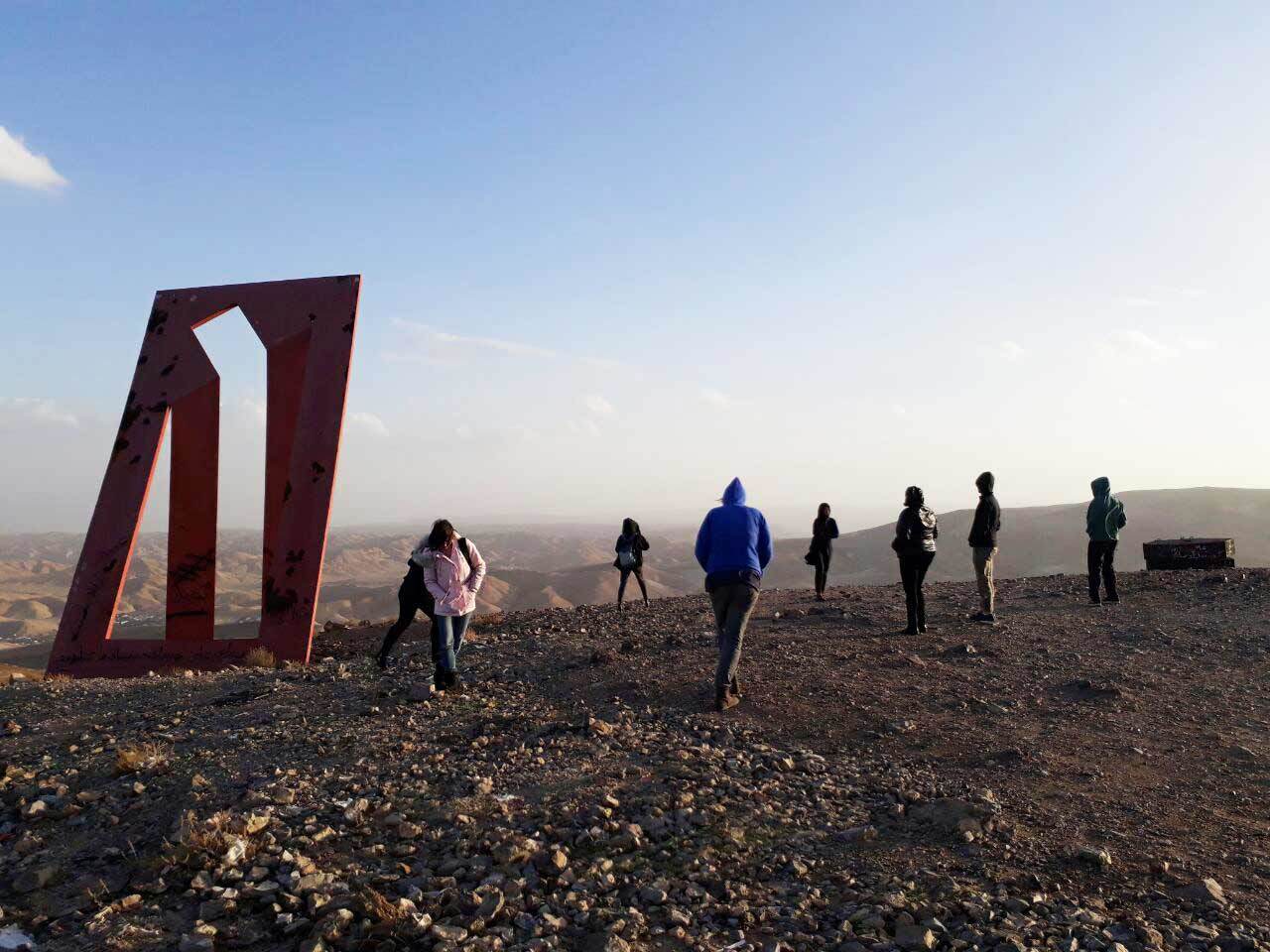
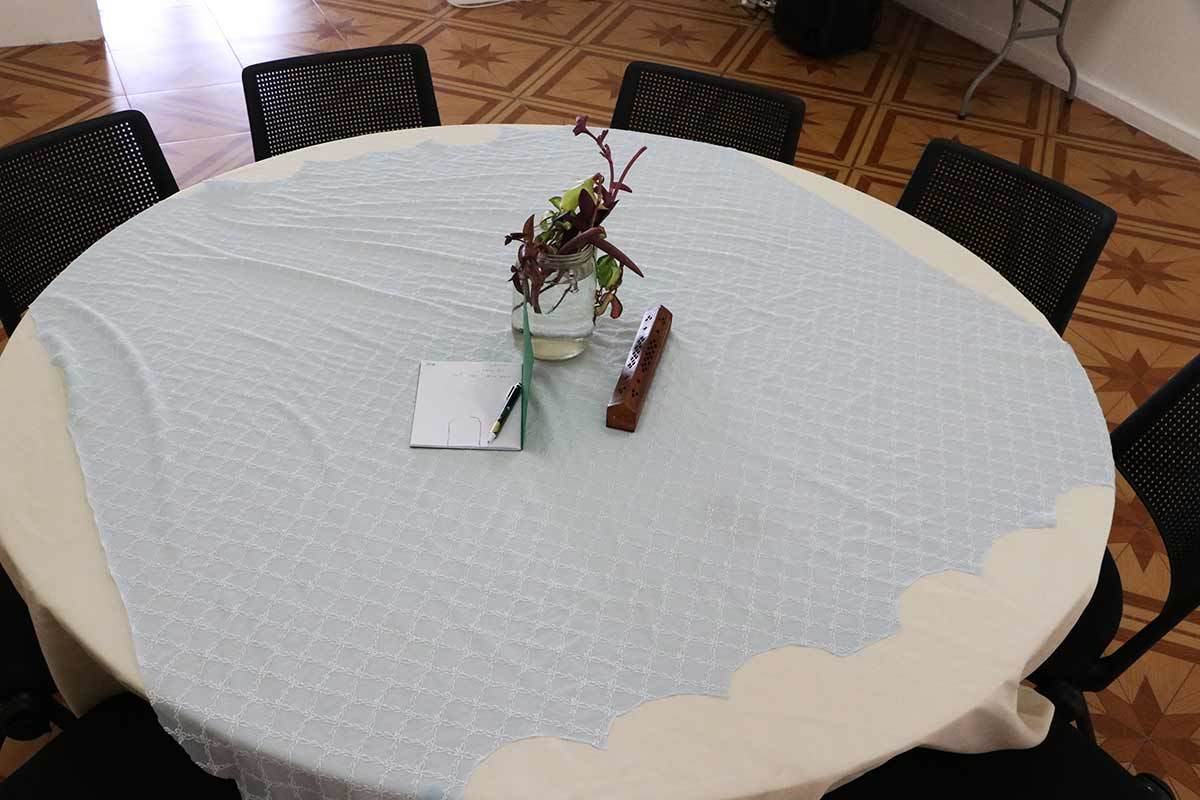
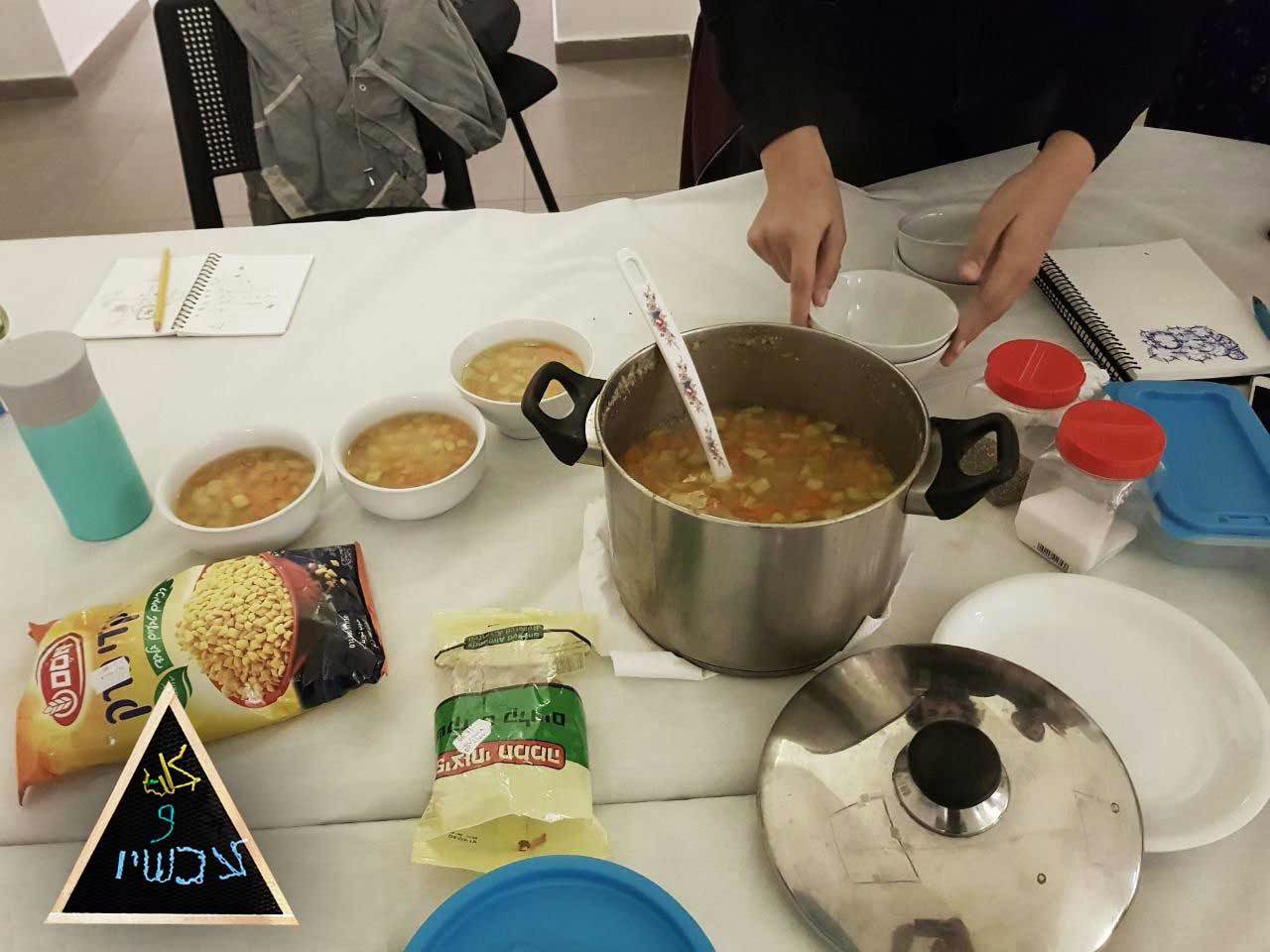
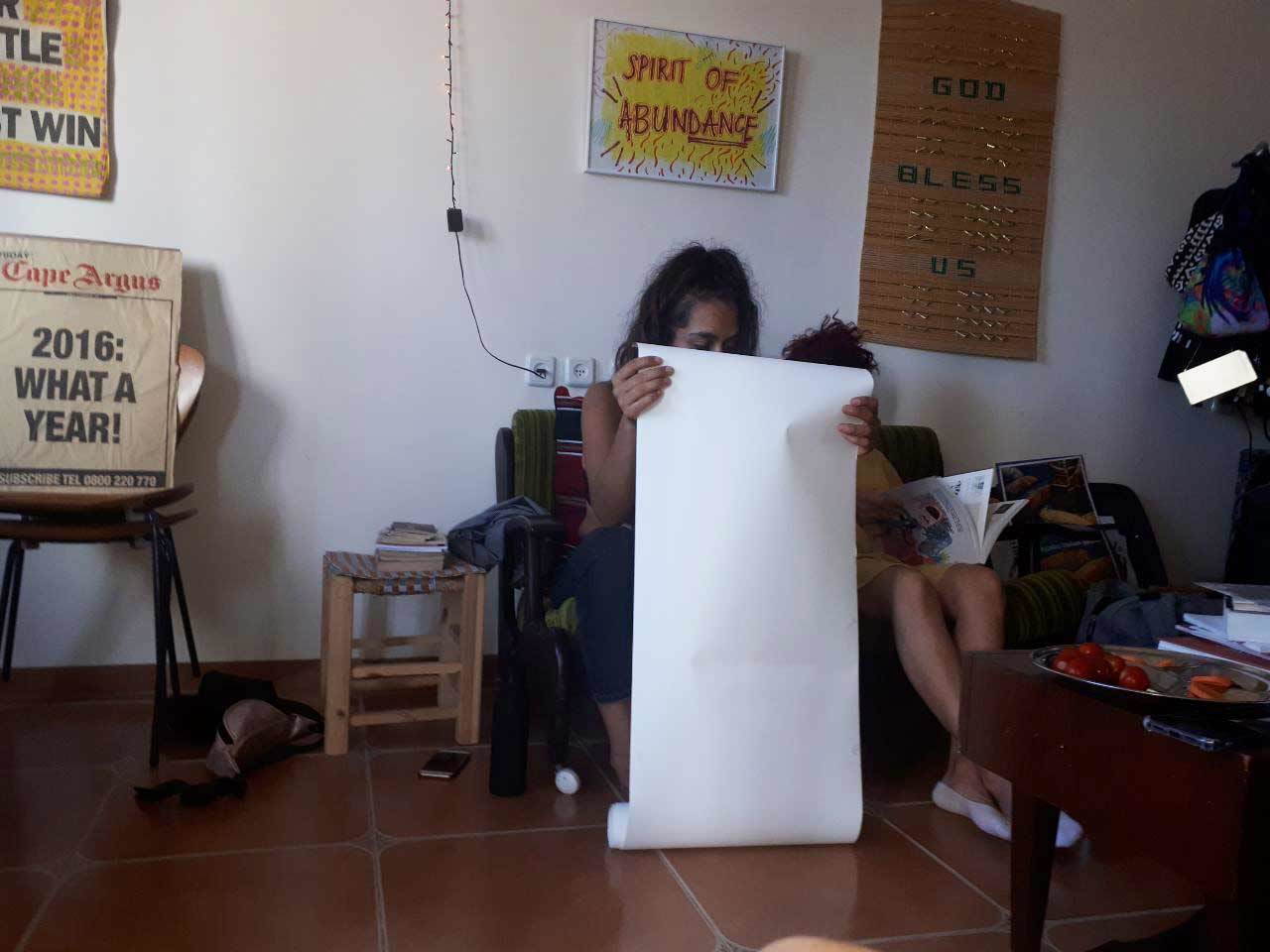
Keywords:
Artistic tactics, Art-actions, Conversation, Locality, Contested landscapes
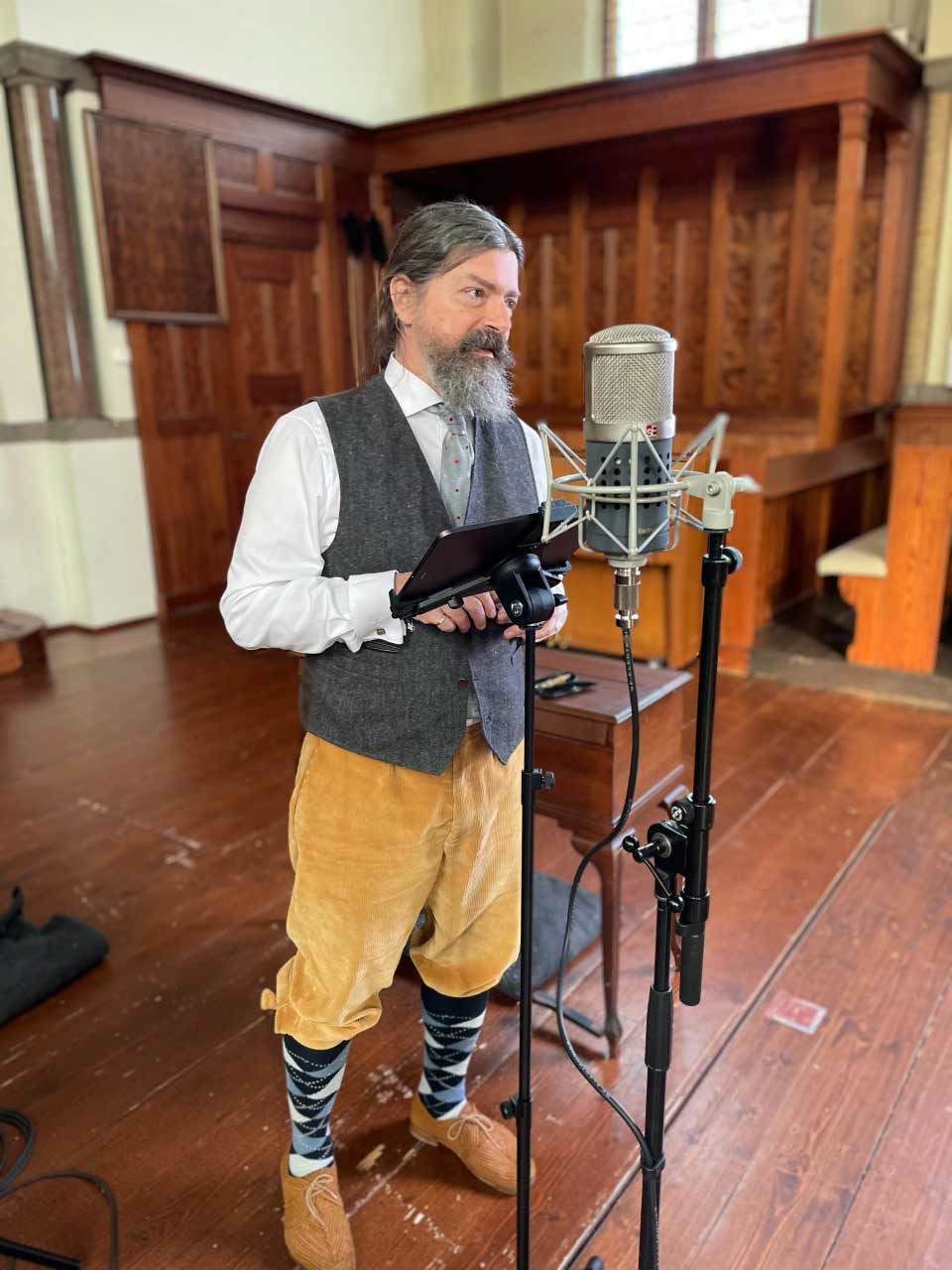
Jed Wentz is a University Lecturer at the Academy of Creative and Performing Arts of the Leiden University. He earned a PhD from the docARTES programme and his doctoral thesis Gesture, Affect and Rhythmic Freedom in the Performance of French Tragic Opera from Lully to Rameau explored how historical acting techniques can influence the sound of French operatic music in performance.
He has recorded more than 40 CDs with various Early Music ensembles including his own (Music ad Rhenum), has conducted staged opera performances and published in journals like Early Music, Cambridge Opera Journal and European Drama and Performance Studies. Wentz is also an artistic advisor to the Utrecht Early Music Festival.
Jed Wentz’s research practice
Wentz’s work explores both the musical aspects of declamation and historical acting, and the theatrical aspects of musical performance of the period 1680-1930. Acting and musical were closely related before the current rigorous realism became the norm for actors and orators. He proposes that, as the performing arts became intellectualized in the 20th century, older techniques of speaking and stagecraft were denigrated, neglected and finally lost. Through examining historical acting and musical treatises, as well as historical recordings of all kinds, he attempts to recover some of these techniques.
Despite the historical nature of his research, as a performer, Wentz creates for an audience of today. His belief that the past is the most shocking and destabilizing form of discipline to which the present can be subjected, motivates him to pursue the impossible. His attempt to recreate musical and acting styles, and to awaken the concomitant feelings, invites us to see ourselves and our current practices in a new light.
Beyond the acting itself comes his interest in historical theatre decors, and how they create new creative spaces in the imagination of the actor. He has recently acquired a significant and extensive collection of painted drops used by the Van den Berghe traveling theatre company. The exploration of, and creation of an inventory for, these elaborate theatrical ensembles form an important part of his current research.
Jed Wentz’s research for the IRG
Within the context of the IRG, Jed Wentz is working on developing a performance practice for English-language melodramas (recitations set to music) composed in the period between 1890-1920. The focus rests on pieces composed for male voice with piano accompaniment. In researching an historical action for this repertoire, he aims to clarify how the spoken text both accommodates, and is animated by, the musical setting. Essential here is the use of historical pianos, whose tone interacts differently with the reciters voice from that of a modern piano. He further explores how gesture in general and, more specifically, how the theatrical gesture of the early 20th century, can influence the recitation.
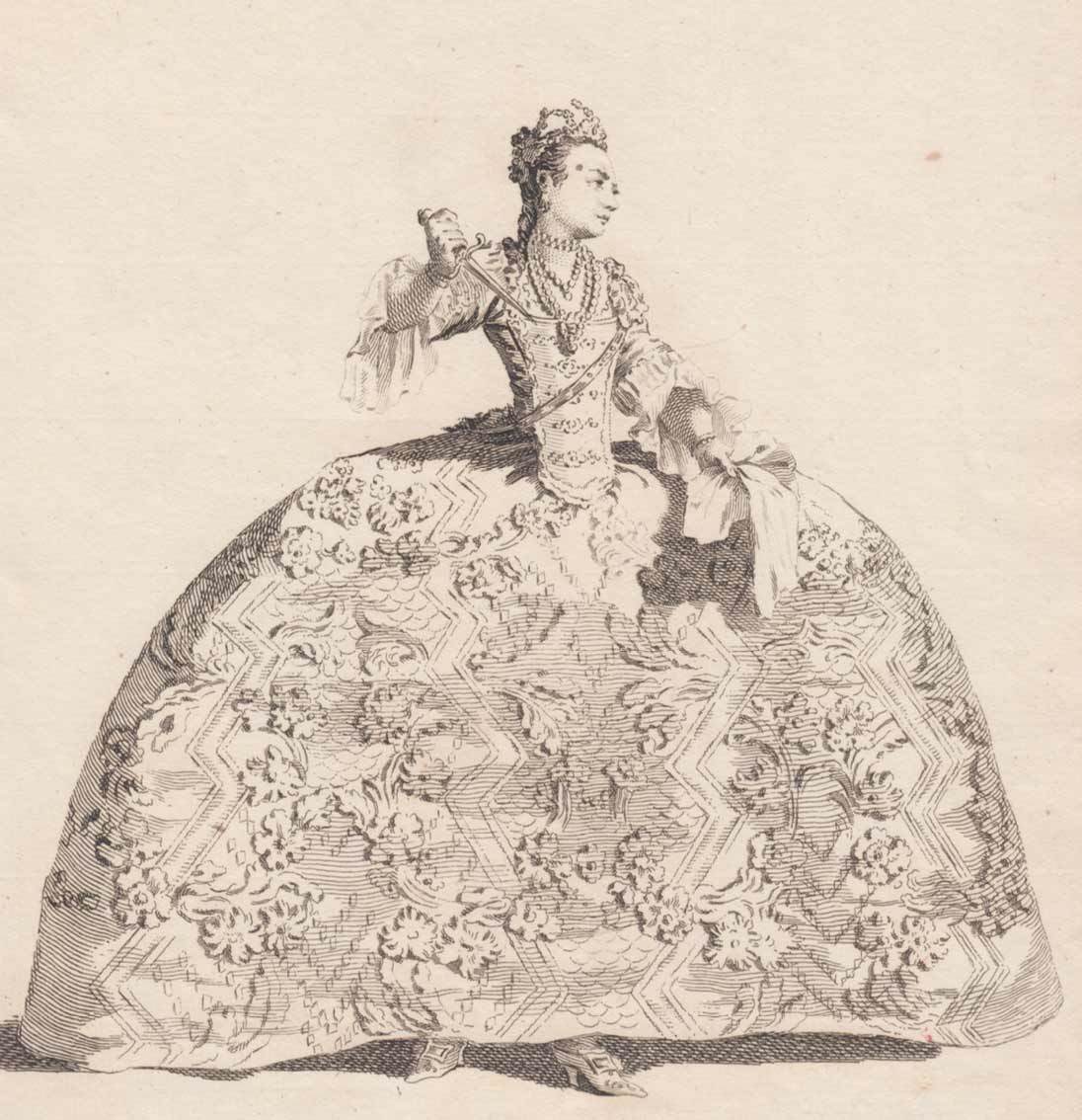
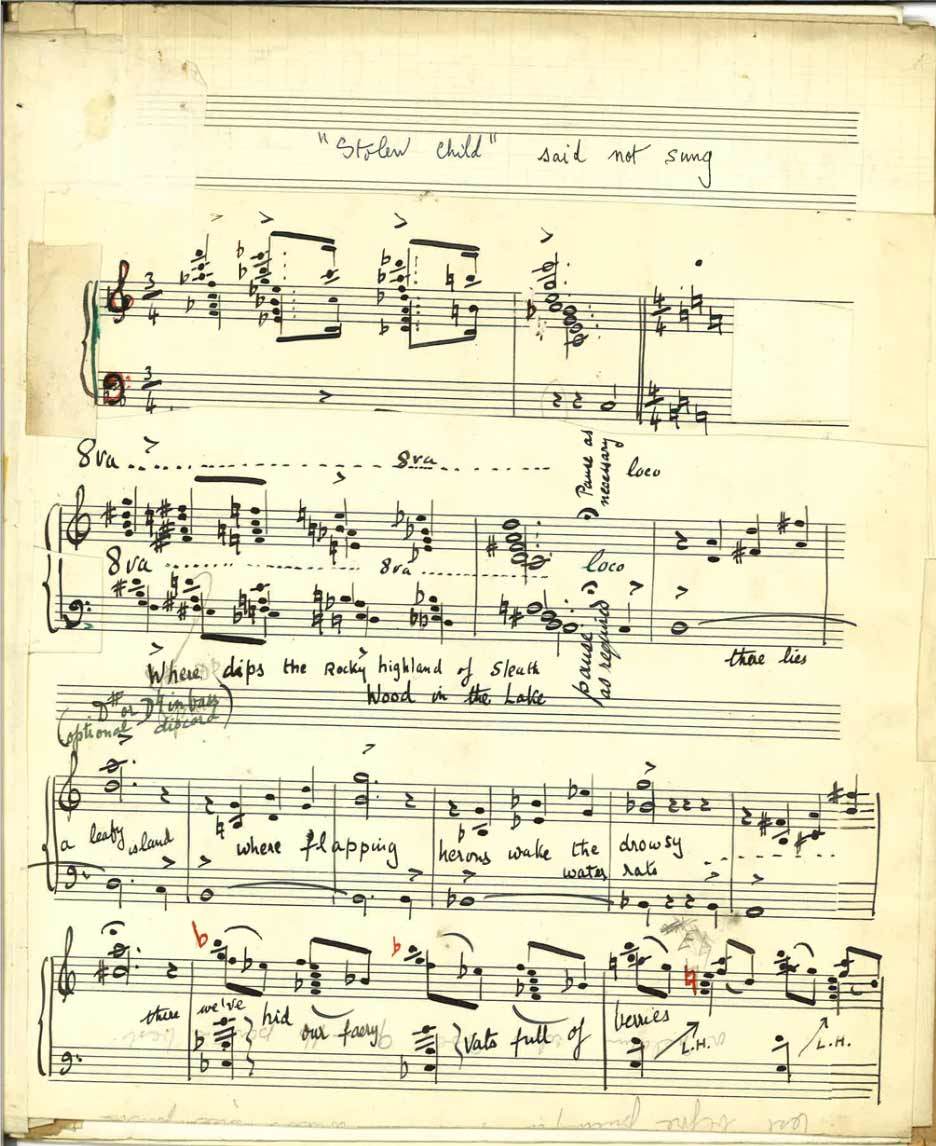
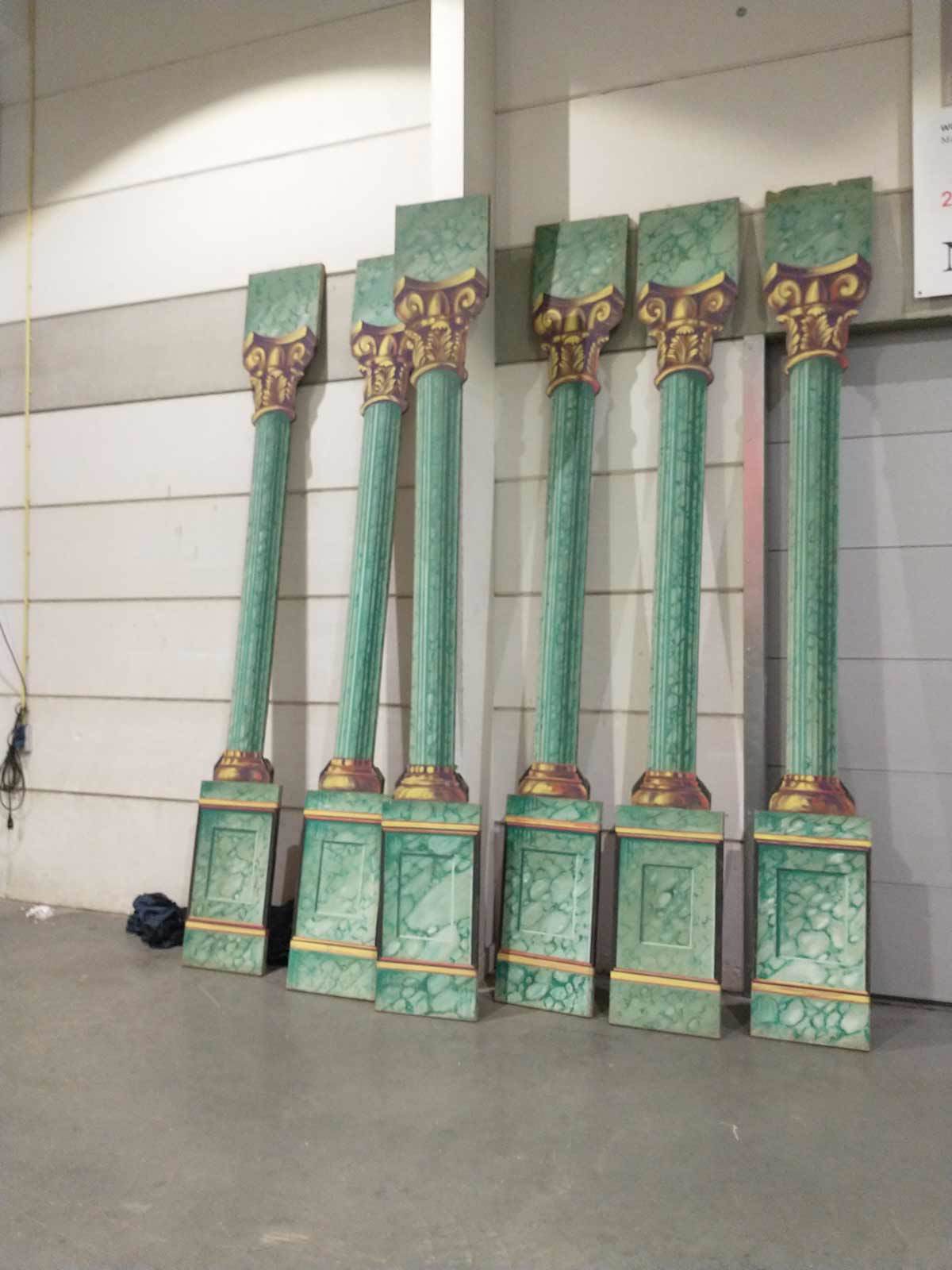
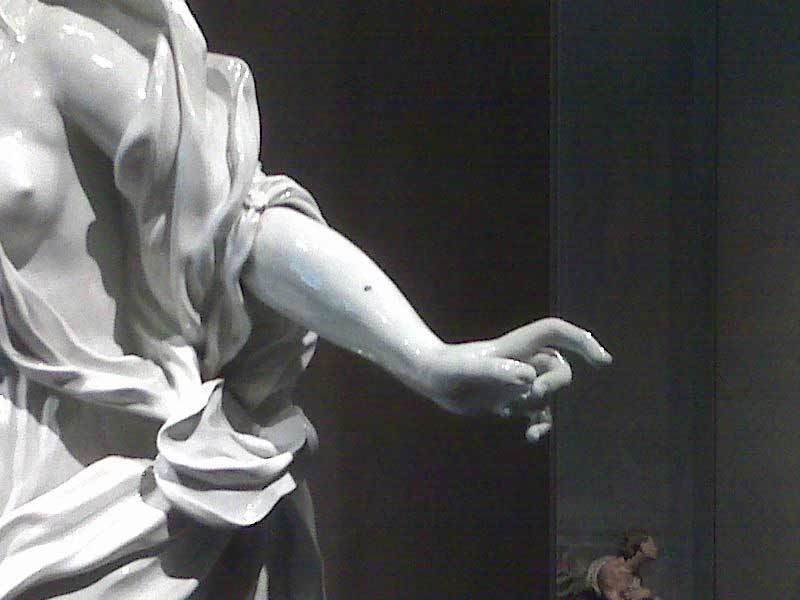
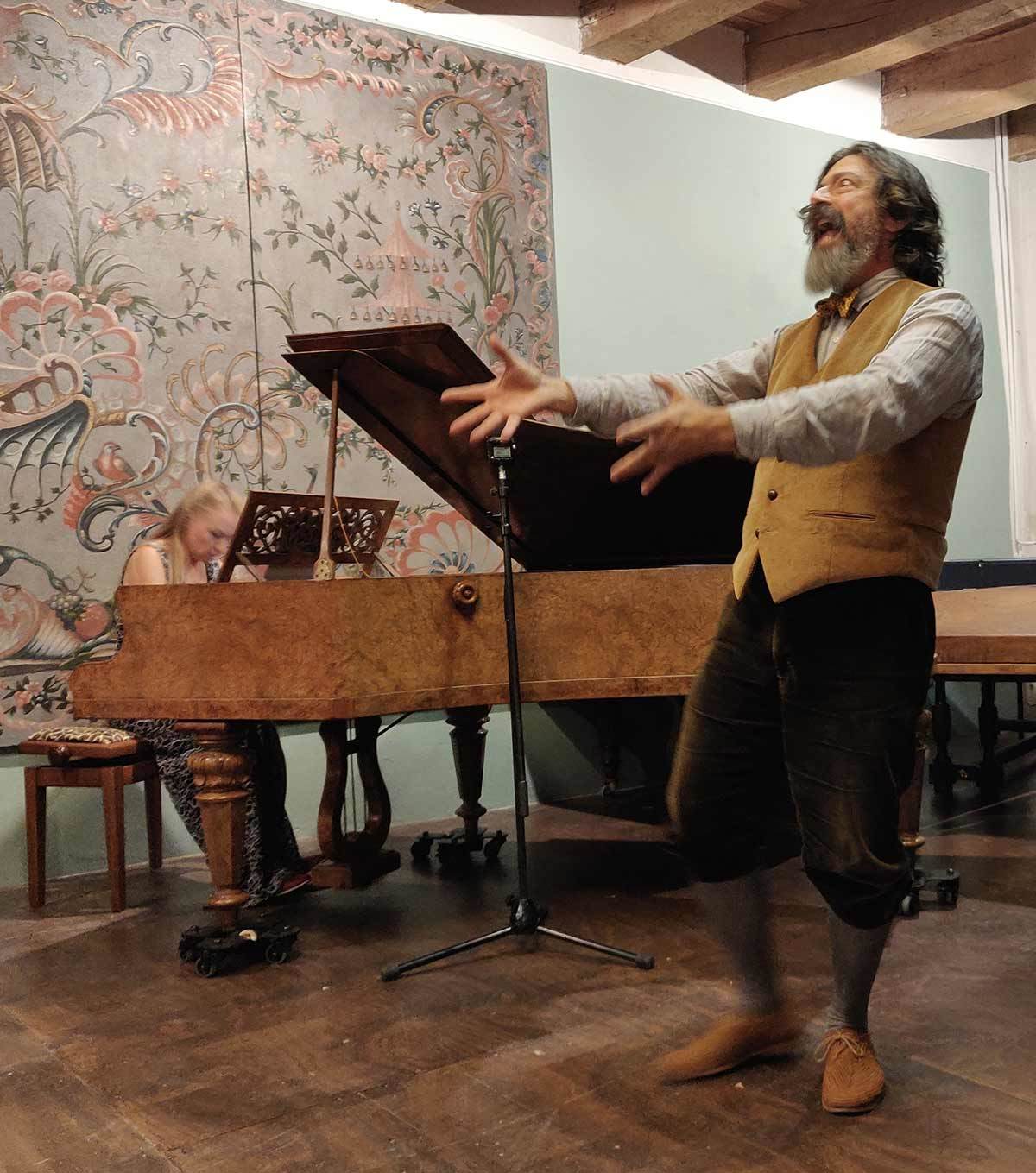
Keywords:
Embodiment, Historical acting, Gesture, Declamation, Performance practice, Early Music, Theatre
The group investigates the values of different research methods, work processes and forms of dissemination in relation to their individual research projects. In addition, they discuss the challenges and implications of interdisciplinary and transdisciplinary practices in research and education. Other researchers and research groups within the community are invited to participate in the conversations and later this year, there will also be room for more public involvement in the research being conducted in the group.
Digital platform
A digital platform is also in the works. This platform, to be officially launched later this year, aims to facilitate the sharing of research processes as well as outcomes.
Stay connected with PARC
How to contact us
If you want to know more about the platform, or you want to be involved, feel free to send a message to Research Coordinator Roosmarijn Hompe at parc@hdkdenhaag.nl or r.hompe@kabk.nl.

